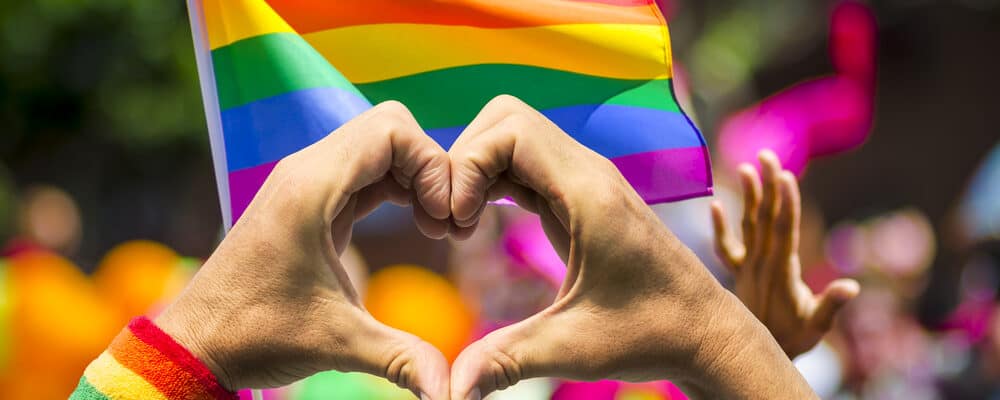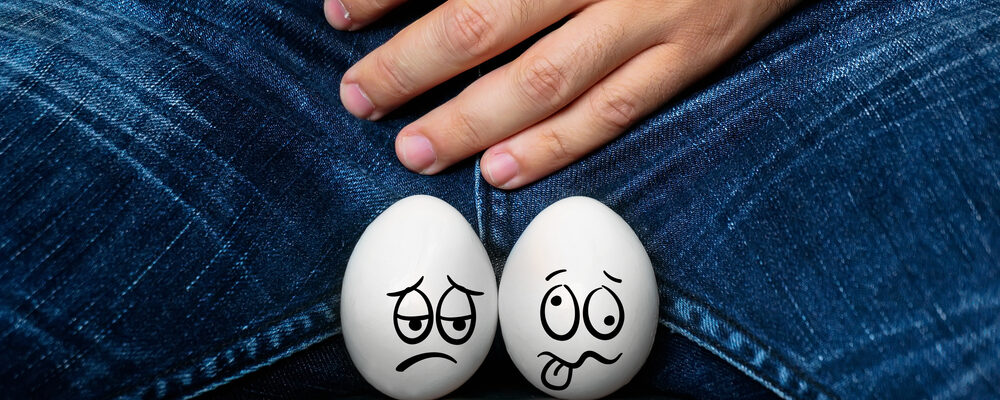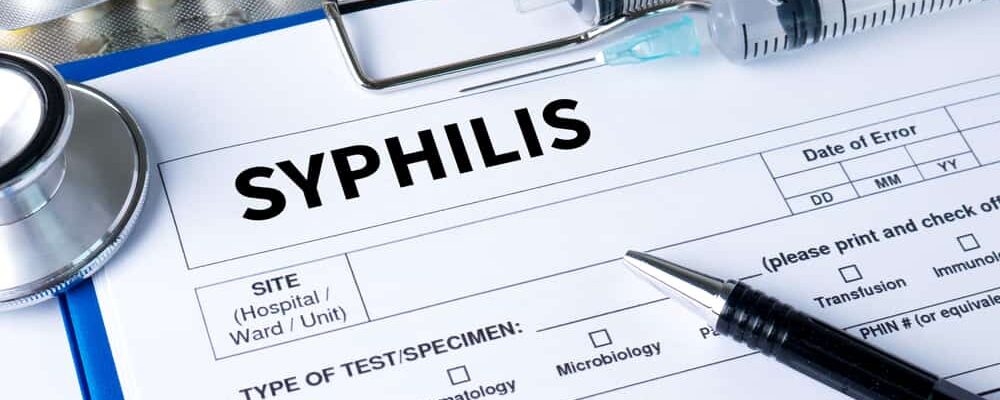Rainbow flag is considered a typical symbol of LGBTQ+ community. This special flag is also known by many other names such as the LGBT flag, the green flag. So do you really understand what the rainbow flag means? Let’s find out together!
Many people confuse the rainbow flag – the flag is the unique symbol of the LGBTQ+ community. In fact, the rainbow flag is part of the pride flag.
In addition to the well-known rainbow flag, which is widely known, each sexual orientation has a different flag to represent gender pride and respect.
The rainbow flag is a symbol of pride of lesbians, gay, bisexual, transgender, other sexual diversity and LGBT social movements.
The colors on the rainbow flag reflect the diversity of the LGBT community and people’s sexual orientations and gender identities.
How many colors did the original LGBT flag have?
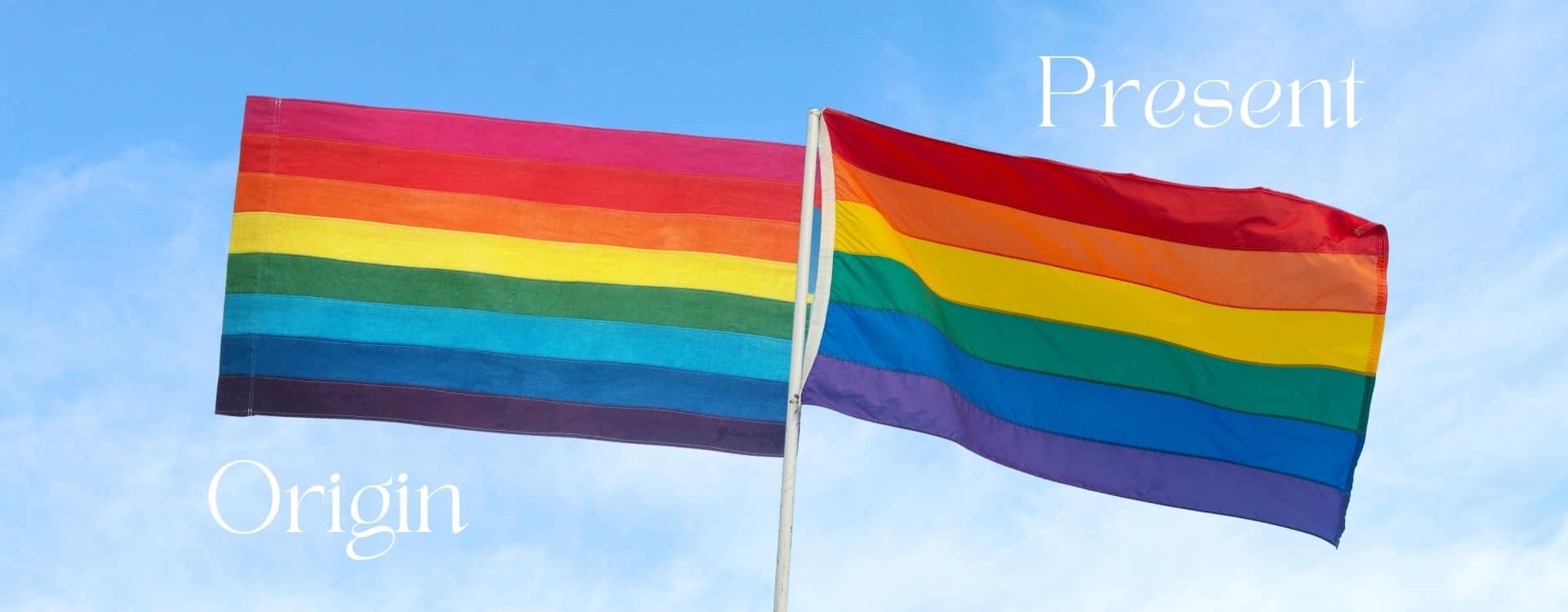
The rainbow flag was first unveiled in 1978 at the celebration of the Gay Freedom Day Parade in San Francisco (USA). The original design of the flag had 8 colors meaning:
- Pink: Gender
- Red: Life
- Orange: Healing
- Yellow: Sunlight
- Green: Nature
- Turquoise: Magic and Art
- Dark Blue: Serenity
- Purple: Spirit
After many adjustments and creations, the rainbow flag is now widely known with 6 main colors: red, orange, yellow, green, blue and purple.
Synthesize the meanings of 10 Pride Flags representing sexual orientations
Besides the Rainbow flag – The rainbow flag symbolizes sexual diversity and the LGBT community in general, the pride flags also carry many special layers of meaning.
1. Asexual Pride Flag
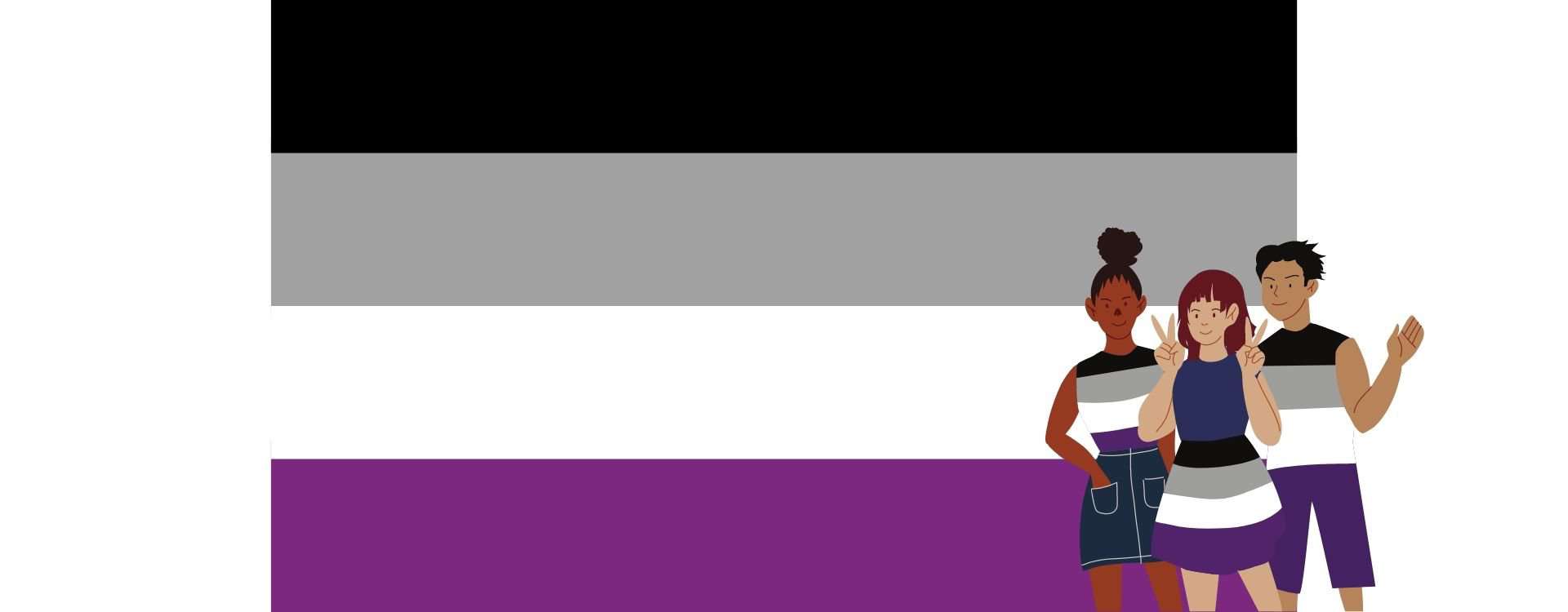
Asexual or Asexual? is a general term for anyone who is rarely or not sexually attracted to another person of any gender.
The asexual pride flag consists of four horizontal stripes, each with a different meaning:
- Black: Asexuality
- Gray: Gray asexuality
- White: Humans and allies
- Purple: Community.
2. Pansexual Pride Flag
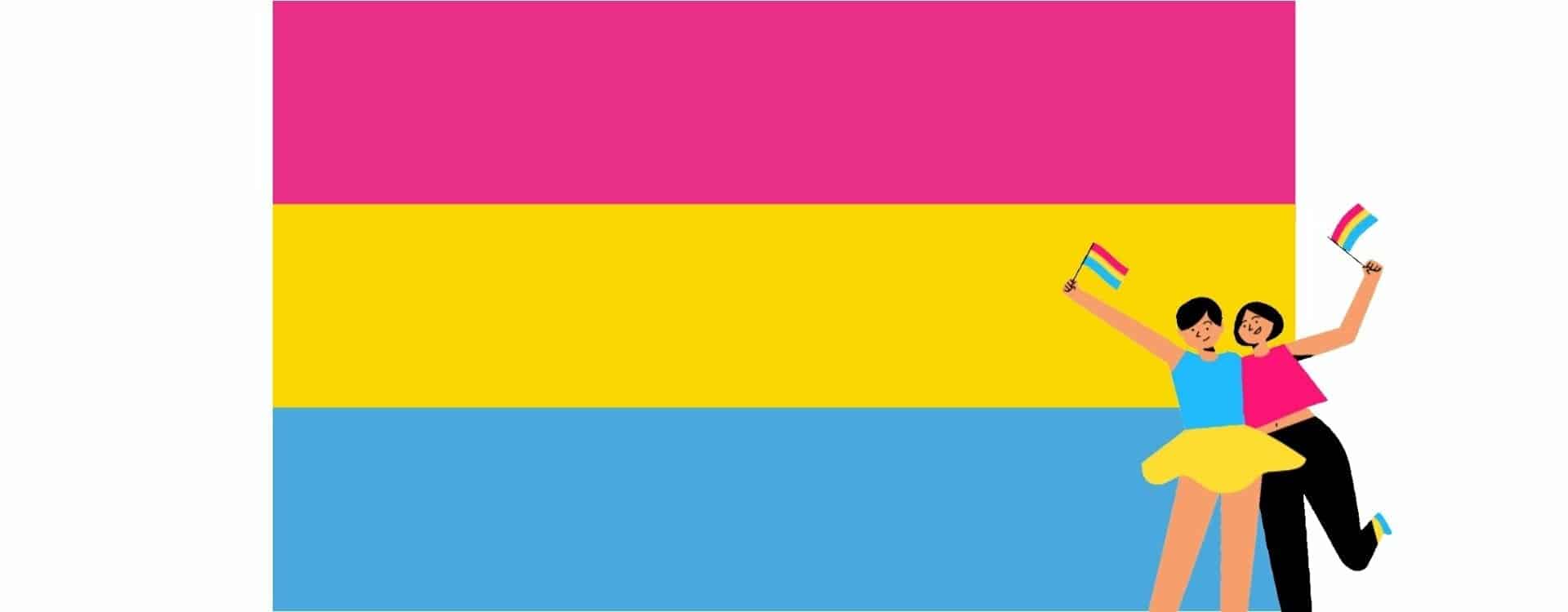
Pansexual describes someone who is emotionally and sexually attracted to regardless of gender or gender. In other words, being attracted to a homosexual has nothing to do with the other person’s gender.
The LGBT flag for LGBT people includes 3 colors:
- Pink: Shows attraction to people who identify as female.
- Yellow: Shows attraction to other genders that are not male or female
- Blue: Shows attraction to people who identify as male.
3. Polysexual Pride Flag

Polysexuals are sexually and emotionally attracted to many, but not all, genders.
The color and design of the flag is based on the LGBT flag for bisexual and intersex. The color meanings in this particular flag are:
- Pink: Represents attraction to women (or identifies as female).
- Green: Represents attractiveness to people who do not belong to the traditional male/female gender identity
- Blue: Represents attraction to men (or identifies as male).
4. Bisexual Pride Flag – Bisexual Flag
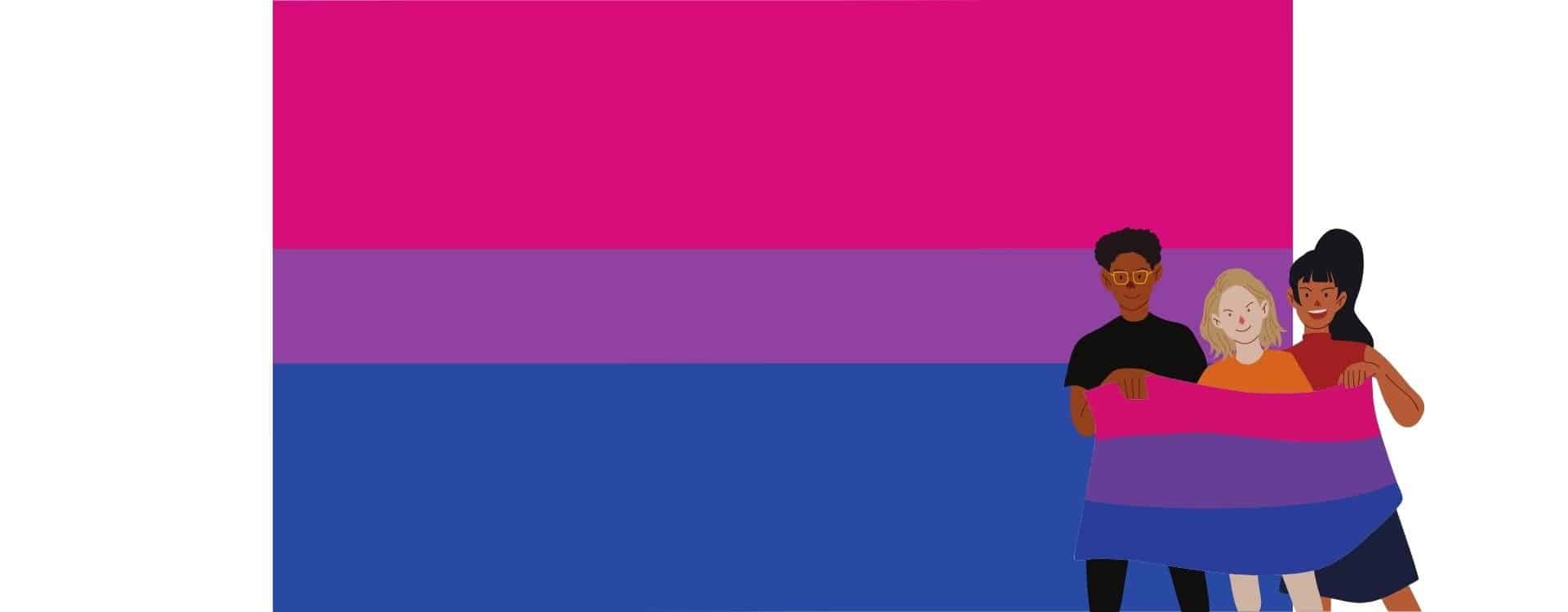
Bisexual or Bisexual describes someone who is emotionally, romantically and/or sexually attracted to people of the same or/and opposite sex.
If the rainbow flag – the rainbow flag is a proud symbol of the LGBT community, especially for bisexual people, their own pride flag is also especially meaningful with 3 colors:
- Pink lotus symbolizes same-sex attraction
- Royal blue symbolizes heterosexual attraction
- Lavender purple represents attraction from both.
5. Lesbian Pride Flag – Lesbian Flag
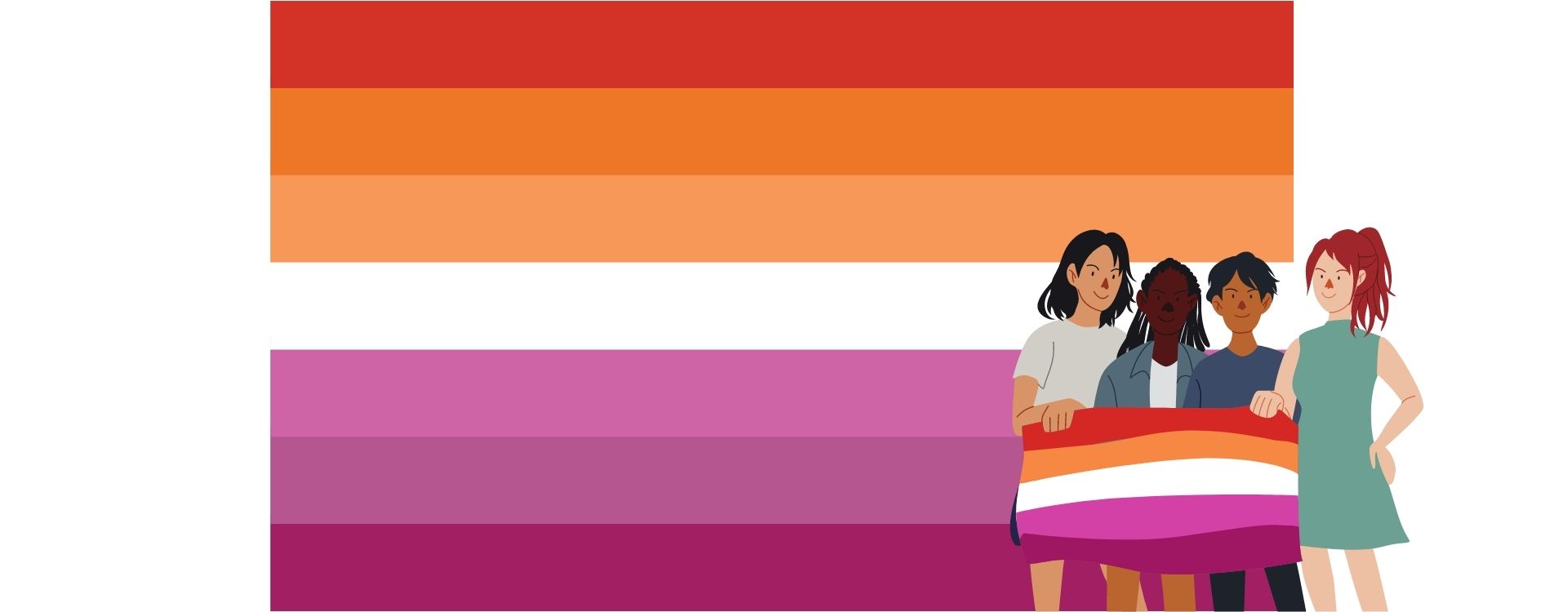
This flag was created to support the lesbian community. With red, purple and pink colors representing traditionally feminine colors, the lesbian flag is as proud as the rainbow flag.
6. Demisexual Pride Flag
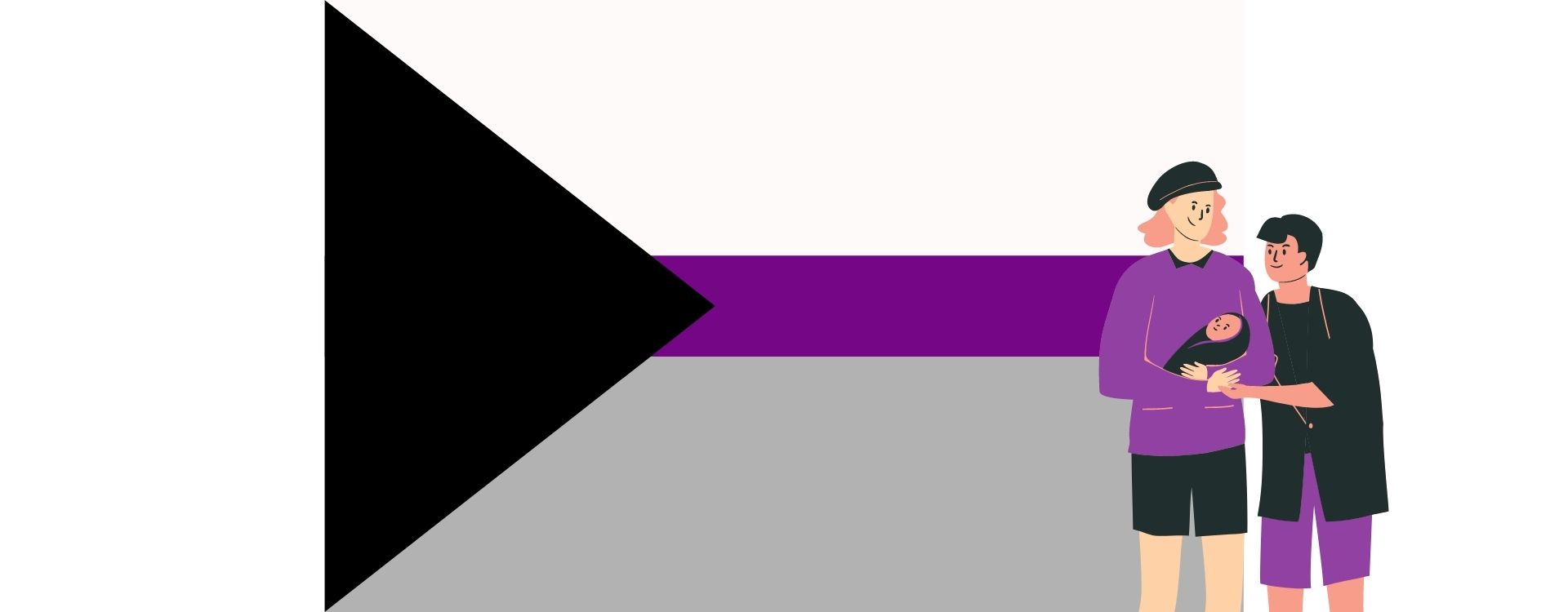
demisexual, good Asiandescribes a sexual orientation that is only sexually attractive after a strong emotional relationship has formed. Even if there is a connection, it does not necessarily mean that the person has a sexual need, but the connection is the first essential thing to have for sexual attraction to develop.
7. Intersex Pride Flag – Intersex Flag
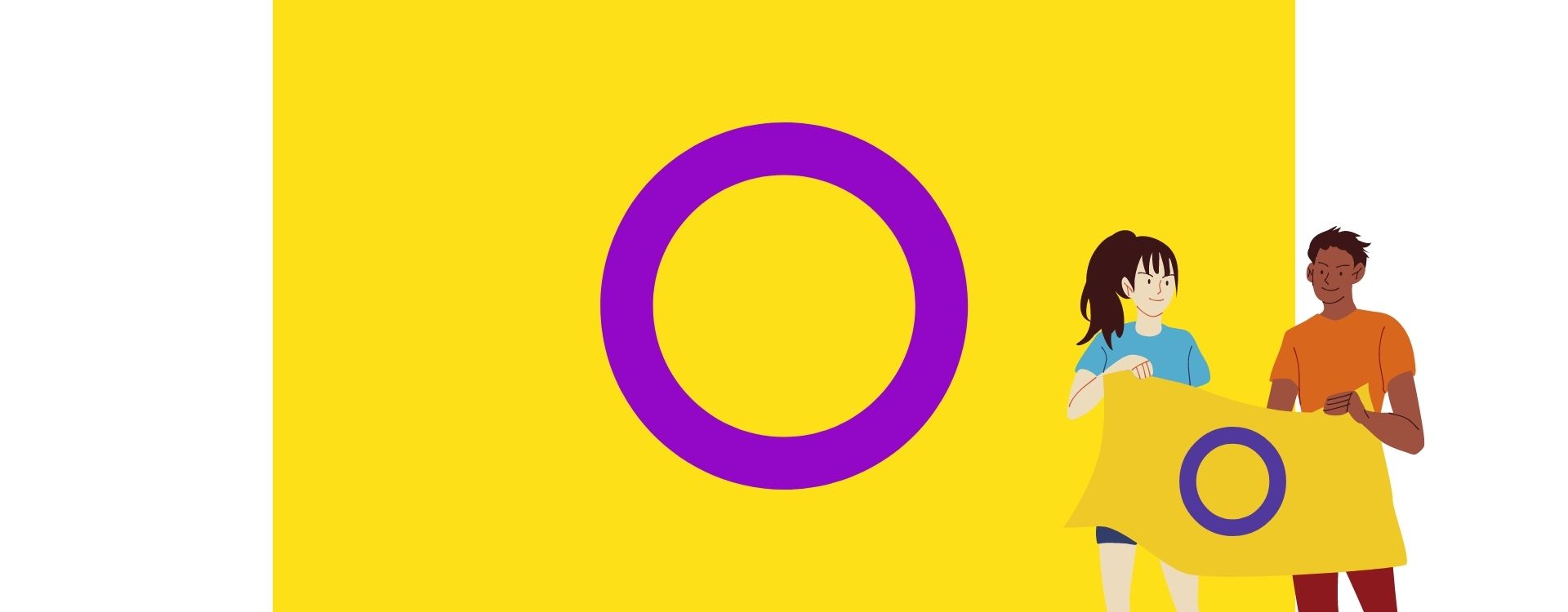
Intersex, intersex/bisexual, describes a person whose biological sex characteristics (chromosomes, gonads, sex hormones, or genitals) do not coincide with traditional definitions of the male or female body.
The LGBTQ+ flag for bisexual people is very special. The yellow and purple colors in this flag are considered gender neutral. The circle in the center represents the fullness, and potential of the intersex person.
8. Transgender Pride Flag – Transgender Flag

As an integral part of the rainbow flag, transgender rainbow flags also have their own pride flag. The transgender flag represents:
- Light blue represents boys
- Light pink represents girls.
- White represents: intersex people; transgender people; gender neutral or indeterminate.
9. Genderqueer Pride Flag
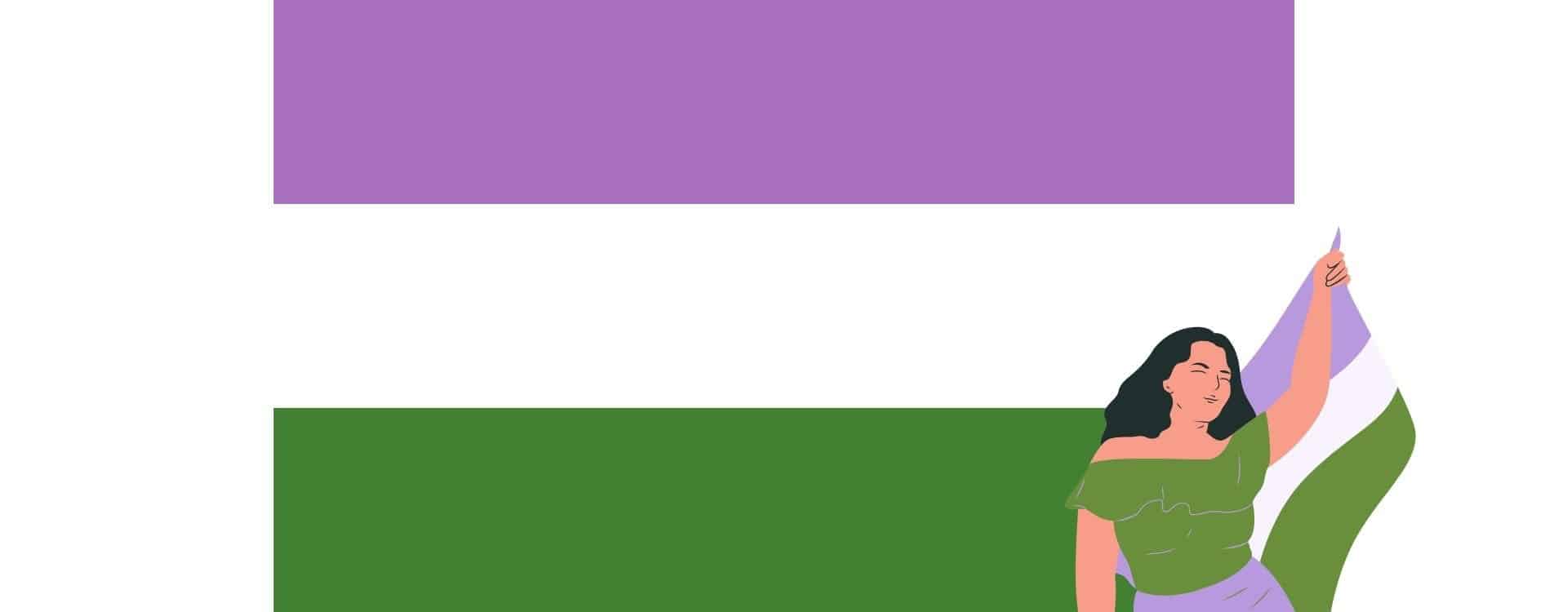
Genderqueer describes people whose gender identity does not match the binary gender of being male or female.
10. Proud flag of the heterosexual community supporting LGBTQ+
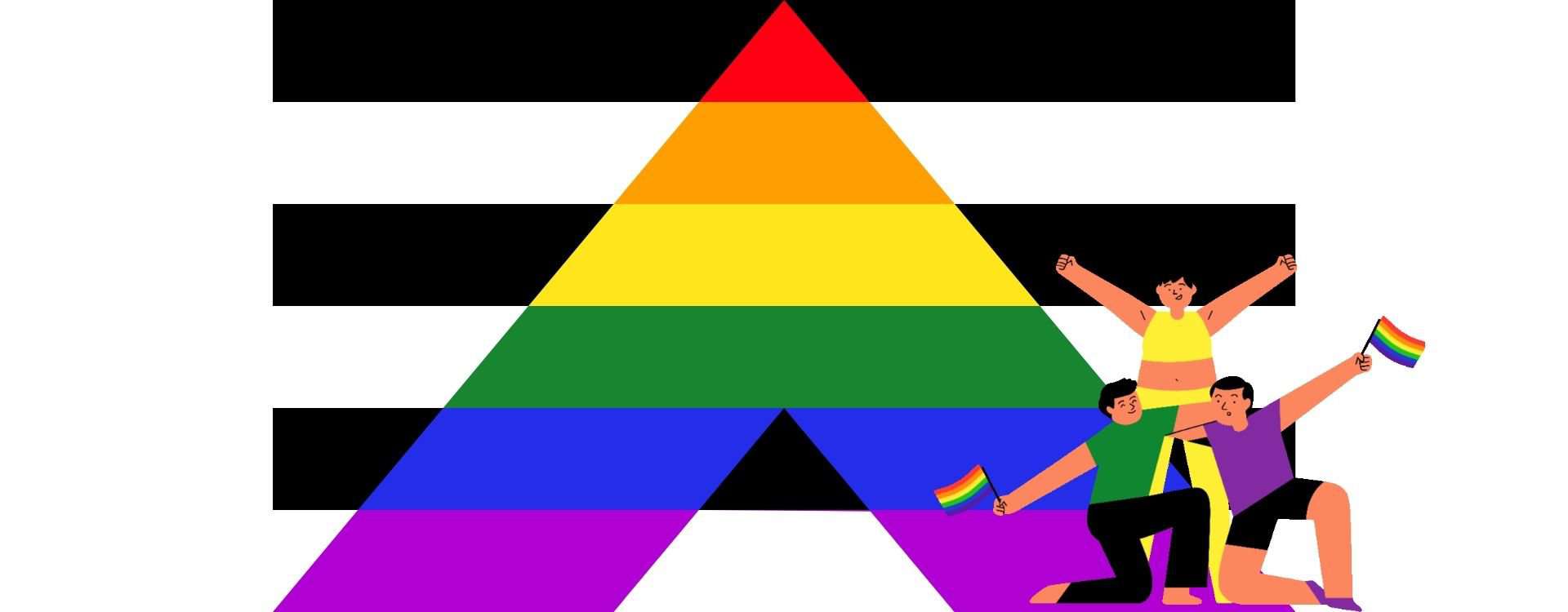
If the rainbow flag represents the pride of the LGBTQ+ community towards their own sexual orientation and gender identity. The “Straight Ally Pride” flag represents heterosexual support for the community.
This flag is a harmonious combination of the rainbow flag in the form of the letter “a” on a black and white striped background. This version of the rainbow flag is simple yet powerful.
Questions about the LGBTQ+ community
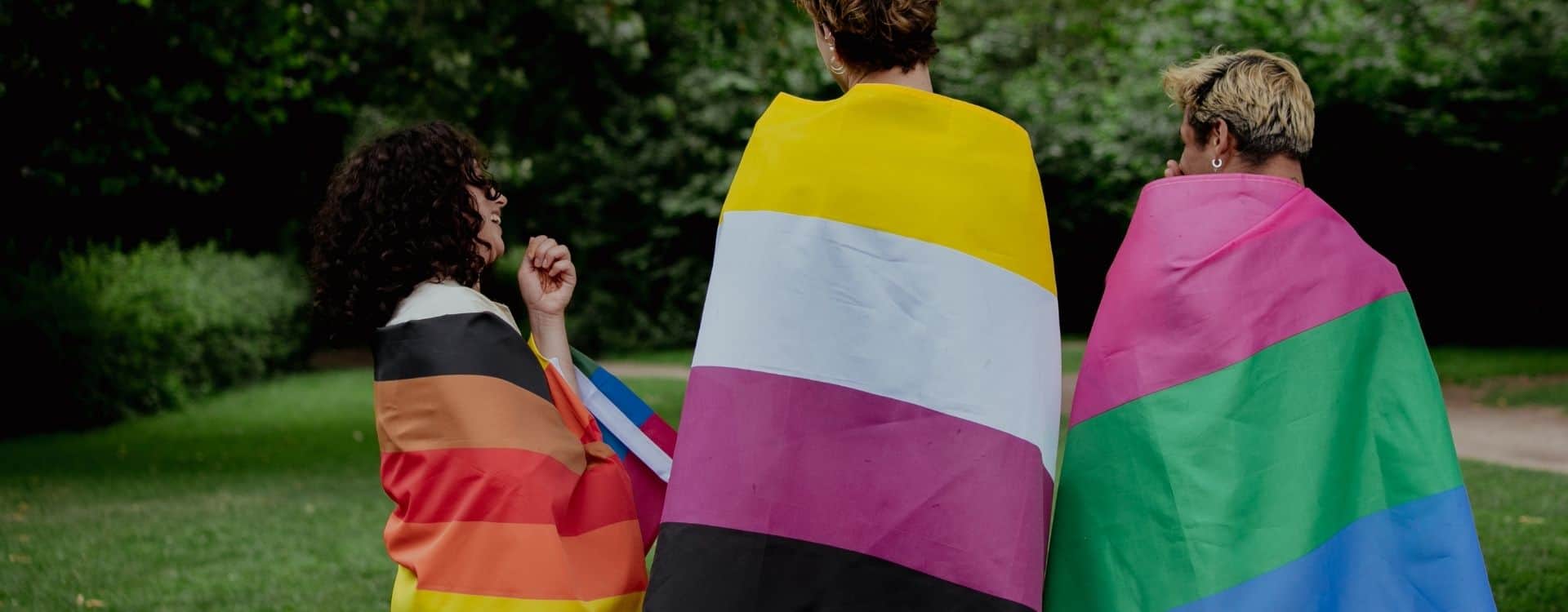
So you have been explained the meanings surrounding the rainbow flag and other LGBT flags. Here are some frequently asked questions about the LGBT community.
Is LGBTQ+ a disease?
Many stereotypes and stigmas believe that LGBTQ+, or homosexuality, is a contagious and contagious disease. This is a misconception and lacks scientific evidence.
Is it possible to change a person’s sexual orientation or gender identity?
No! A person’s sexual orientation and/or gender identity cannot be changed. Attempts to change someone’s sexual orientation can cause trauma or psychological harm.
All mental health organizations have officially expressed concern about promoted “sexual orientation change” therapies. To date, there have not been any reputable scientific studies to confirm that sex change therapies are effective and safe.
LGBTQ+ related topics
- Is transgenderism dangerous? Information about transgender you should know
- What is pansexual? 101 things you need to know about homosexuality
- How do gay men have sex?
- How to have safe, painless lesbian sex
In short, the rainbow flag is an indispensable part of the pride flag list of the LGBTQ+ community. Hopefully the above information has provided you with new perspectives on the community and instilled confidence, support and pride in the LGBTQ+ community.

